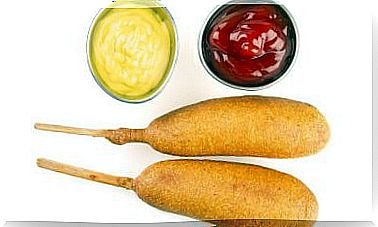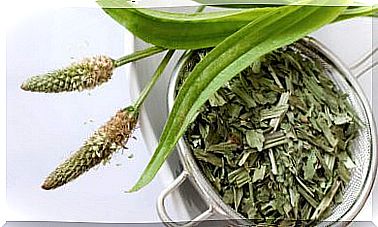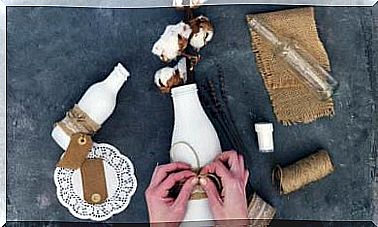Home Remedies To Lower Fever

The fever is a symptom that immediately alert to the presence of a disease, especially when it occurs in children, because it is the indicator on alert parents.
It is more common in children than in adults, because their immune system is developing, and does not respond in the same way as that of an adult.
A child and an adult are considered to be in a state of fever when their body temperature exceeds 37.5 ° C.
This symptom is the body’s response when it is lacking antibodies, and when it is attacked by a virus, bacteria, or microorganisms.
Through fever, the body kills microorganisms by increasing the temperature, and expels them through sweat.
Fever should be taken as an indicator of a health problem that requires attention, especially if it is accompanied by other symptoms such as diarrhea, seizures or difficulty breathing.
Many people use pain relievers and antipyretics to lower their temperature.
However, excessive consumption of this type of medication can have serious side effects on your health. In some people, these side effects can even be immediate.
How to act in the event of a fever?
The first thing to deal with a case of fever is to detect it as soon as possible, and to measure its evolution frequently.
If the fever stays below 40 degrees, it is best to rest and drink plenty of water.
The fever will make the sufferer sweat, which will cause toxins to be expelled.
In this case, the ideal is to change your clothes so as not to stay in contact with the toxins released.
If the fever is above 40 degrees, it is very important to find a solution to bring it down quickly, or go directly to the emergency room.
In babies under three years of age, the critical temperature that should alert you is 39.5 ° C.
Treatments to lower fever
There are different natural remedies that can help bring down a fever quickly. These are easy and extremely effective solutions.
The mille-feuille (Achillea millefolium)
The mille-feuille is a plant known since ancient times, which has always been used to lower fever.
It helps lower body temperature, and has digestive properties that help fight parasites and bacteria.
To combat fever, it is recommended to prepare a combination of mille-feuilles and mint, or sage.
Onion
This onion remedy for lowering fever consists of cutting an onion into rings, and placing them on the ground.
Then the affected person should put their feet on the onion pieces, and stay that way for half an hour.
If you want to use this remedy in children, put the onion rings directly on their feet, then cover them with socks.
Sage
Another great remedy for regulating body temperature is sage.
To do this, boil a cup of water (250 ml) and add 25 grams of fresh sage, 5 grams of honey and 3 tablespoons of lemon juice.
Potato
The potato has anti-inflammatory properties and enzymes that help lower the temperature.
To do this, macerate a potato cut into pieces in cold water. Then put them on the forehead of the person with the fever, and leave to act for 10 to 15 minutes.
Drink lots of fluids
Regardless of what method you are going to use to lower the fever, it is very important to drink plenty of fluids. Because the body becomes dehydrated during this process.
When possible, it is important to drink plenty of water or serum. But also natural juices, infusions or broths.
Lemon peel and barley
This natural remedy is very useful for rehydrating the body which has lost a lot of fluids during the fever.
To do this, pour the rind of a lemon in a liter of boiling water, and 2 tablespoons of barley. Let sit for 12 hours, then drink throughout the day.









